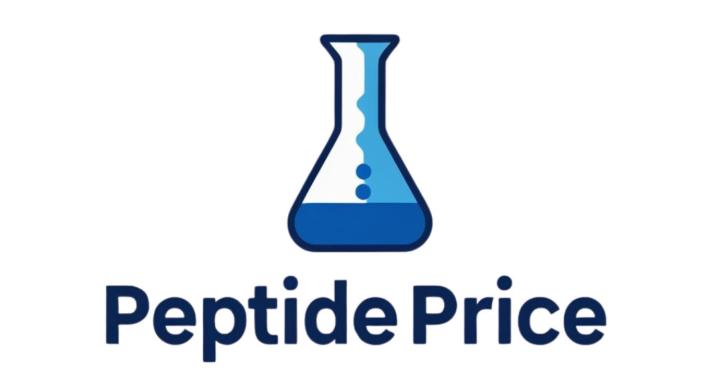⭐
🔥
13h • Peptide Tips
💧 Condensation in Peptides — What It Means & How to Avoid It
Ever notice little water droplets forming inside a vial? That’s condensation buildup — and when it comes to peptides, it’s not ideal.
🔹 What Causes It
Condensation happens when a vial is moved between cold and warm environments. The temperature swing causes water vapor in the air to condense inside the vial.
Since peptides are freeze-dried (lyophilized), they’re meant to stay completely dry until you add your own bacteriostatic or sterile water.
🔹 Why It’s a Problem
- Can prematurely reconstitute small amounts of peptide.
- Speeds up degradation and loss of potency.
- Increases contamination risk if outside air sneaks in.
🔹 How to Avoid It
✅ Limit temperature swings — don’t constantly move vials in and out of cold storage.
✅ Let vials acclimate sealed to room temp before opening.
✅ Use desiccants (silica packs) in storage containers.
✅ Store consistently — fridge for short term, freezer only if long term.
A little condensation once isn’t the end of the world, but repeated buildup can shorten shelf life and lower purity. Best move? Keep vials dry, sealed, and stable in temperature.
1:25
23
15 comments

skool.com/peptideprice
Premier peptide education hub. FREE courses on research peptides & GLP-1s. US supplier intel, safety protocols & expert community support. 🧬🚀
Powered by





